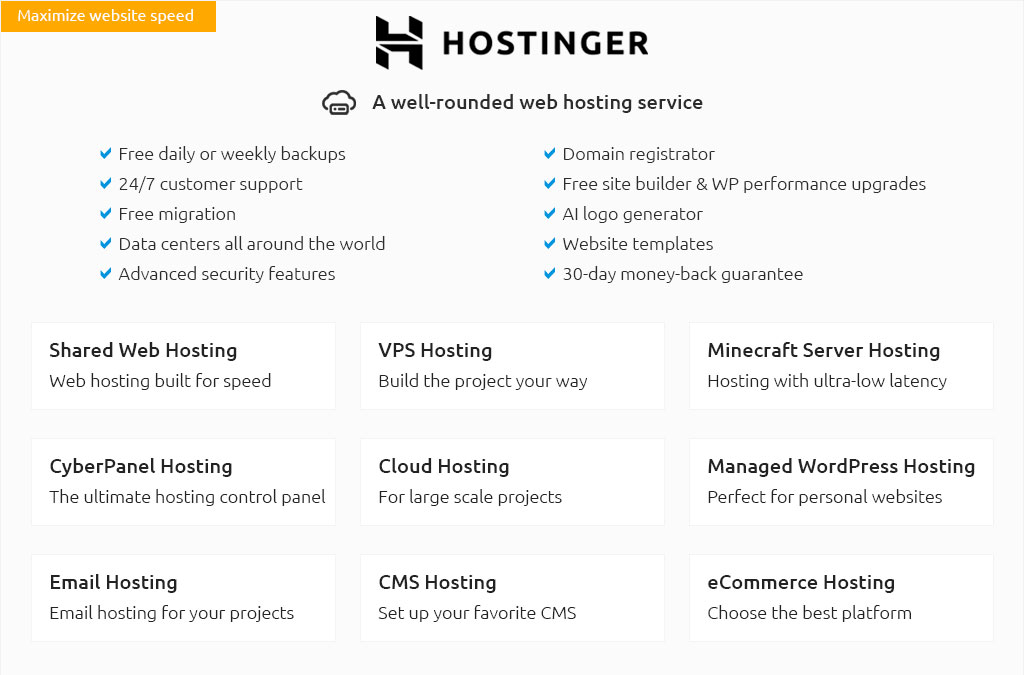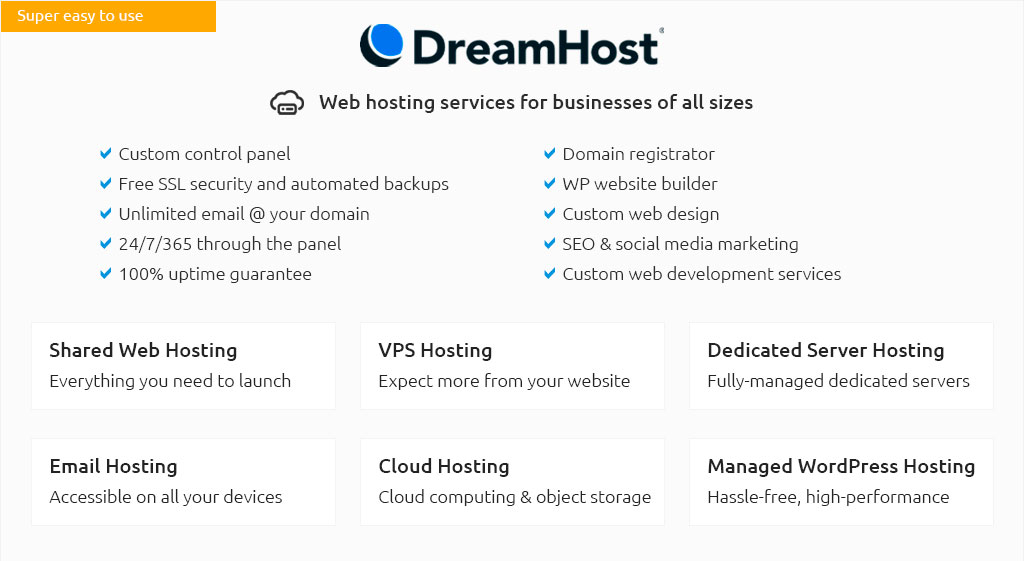 |
|||
 |
 |
 |
|
 |
|
 |
 |
 |
|||
 |
|||
 |
|||
 |
|||
 |
 |
|
x4y2jrutz1q Why and How to Change Your Hosting Provider: A Comprehensive GuideIn the ever-evolving landscape of the digital world, where websites serve as the cornerstone of both personal and professional identities, the choice of a hosting provider can be pivotal. It's akin to selecting the foundation upon which a grand edifice will be built. However, there are times when one might feel the need to change their hosting provider, a decision that can stem from a myriad of reasons such as poor customer service, lack of features, or simply the allure of better pricing elsewhere. But what does this process entail, and more importantly, what are the common pitfalls that one must deftly sidestep? Switching hosting providers is not just a technical maneuver; it involves a strategic shift that demands careful consideration and planning. Let's embark on this journey of exploration, highlighting the nuances of this endeavor and ensuring that you are well-equipped to make an informed decision. Reasons to Consider a ChangeFirst and foremost, the quality of customer support cannot be overstated. If your current provider leaves you in the lurch during critical times, it's a red flag. Additionally, the performance metrics of your current host, such as uptime reliability and loading speeds, play a crucial role. A slow-loading website is a surefire way to lose visitors and potential customers. Furthermore, as your website grows, you may find your current host lacks the scalability options needed to accommodate increased traffic and data. Common Mistakes to Avoid
Seeing the Bigger PictureUltimately, changing your hosting provider should be viewed not just as a response to dissatisfaction, but as a proactive step towards enhancing your digital presence. It’s an opportunity to align your hosting environment with your evolving needs and future ambitions. By avoiding common mistakes and approaching the transition with a clear plan, you can ensure a seamless switch that sets the stage for continued growth and success. https://www.whatsthehost.com/change-website-hosting/
A crucial step to migrating your website to a new web host provider is having the proper domain ownership in place first. https://webmasters.stackexchange.com/questions/142433/im-trying-to-migrate-my-website-to-a-new-hosting-provider-they-insist-that-i-m
At your domain registrar, you could change your NS records to point to the name servers provided by your web host. This is usually between two ... https://www.godaddy.com/resources/asia/skills/hosting-migration-how-to-transfer-your-website-to-a-new-web-host
As for our existing GoDaddy customer, head on over to "My Hosting Dashboard" and select the option "Migrate website". Thereafter, follow the ...
|